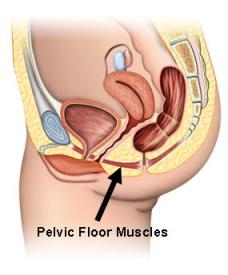Disclaimer
YOU MUST READ AND ACCEPT THE TERMS OF USE OUTLINED IN THIS POLICY REGARDING USE OF THIS BLOG. By reading this blog you are agreeing to the provisions of this blog and acknowledging the disclaimer and terms of use of this blog. This blog is provided for adult consumers over the age of 18. If you are under the age of 18 it is unlawful for you to read or use this material without parental consent. You agree that you have to rights regarding the content and information provided in this blog and portions of the content and information gathered and collected in this blog. Breach of this agreement may result in damaged as deemed appropriate by MRPT Physical Therapy.
COPYRIGHT
This blog and associated website and contents are owned and licensed by MRPT Physical Therapy. The material contained within this blog and associated website and products are copyrighted and trademarked. All rights reserved.
The MRPT Physical Therapy program, blog, website and associated publications disclaim all responsibility for the accuracy of the material contained in this blog. While every effort has been made to provide relevant, truthful, accurate and useful information, the publisher, author, owner, and distributors make no guarantee(s) regarding the content, and do not offer and are not offering medical advice. It is critical you realize you must rely on your midwife, doctor, or other medical professional for advice regarding your healthcare, and information regarding your pregnancy and exercise, wellness. The author, publishers, owners, distributors make no warranty regarding the information contained in this blog and associated material.
We assume no responsibility for damage or harm resulting from use of this material. You agree to use this blog and associated material at your own risk. The MRPT Physical Therapy program is broke up into specific categories. The exercises provided in this blog are progressive. The author of this blog and publisher are not nutritionists or medical doctors. You must consult with your midwife or other health professional to get approval before starting any exercise or healthcare program.
LIMITED LIABILITY
By viewing, using, and interacting with the material contained in this blog and with the associated material, you agree to waive forever your right to all claims and conditions on any factors that may result in any possibly hard whether emotional, physical, foreseeable or unforeseeable, personal or business; you waive your rights with regards to all circumstances that arise from use of this material and related material. You agree that use of this material is for information only and reflects the opinions of the publisher, distributor, owner and author of this program only.










